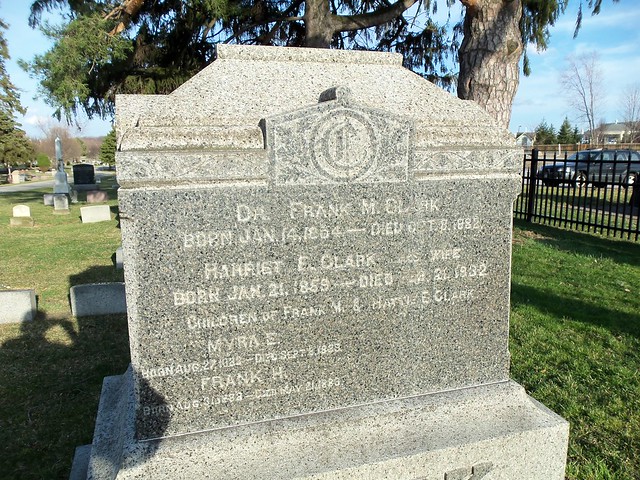Posted in Cemetery Sculpture, Symbolism, tagged cleveland, cross, lake view cemetery, occupation, ohio, pilgrimage, roman cross, scallop shell, sculpture, st. james, way of st. james on September 2, 2013|
Leave a Comment »

The shell on this tombstone in Lake View Cemetery intrigues me. A shell like this, specifically a scallop shell, is the pilgrimage symbol for Santiago de Compostela in Spain, where there is a shrine to the apostle St. James the Greater. The shrine holds bones that are reputed to be those of the saint, also the patron saint of Spain, and has been a pilgrimage site for Christians since the 9th century. Medieval pilgrims would wear a shell as a symbol of their journey, and such scallop shells are still available today. Did Irvin make this journey and treasure it in such a way that a representation of it was to be on his grave marker?
41.499500
-81.695410
Read Full Post »




















